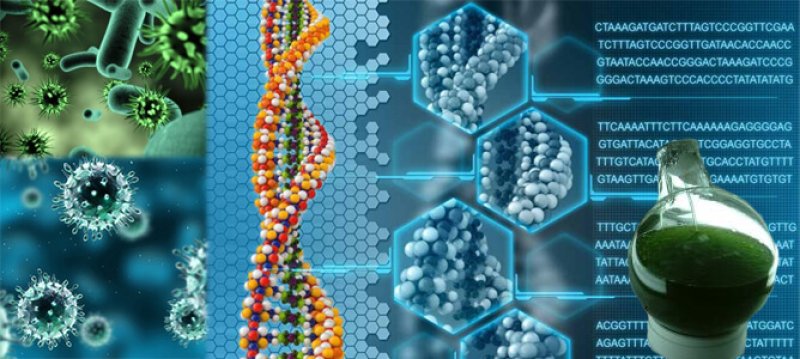Using synthetic biology techniques, researchers have created everything from new flavors and fragrances to new types of biofuels and materials. While the innovation potential of combining biology and engineering is unquestionable, now comes the hard part of proving that it is possible to design and build engineered biological systems on a cost-effective industrial scale, thereby creating true “bio-factories.”
For that scenario to become a reality, here are three developments in the synthetic biology space to keep an eye on in 2015:
1. New efforts to catalogue synthetic biology innovations
On April 29, the Wilson Center in Washington, D.C. launched a new crowdsourcing initiative of its Synthetic Biology Project (which dates back to 2008): a first-of-its-kind inventory to track the dizzying array of new synthetic biology products.
2. New initiatives to embrace industry-wide standards
Synthetic biology has the reputation for being a bit of freewheeling industry where anything goes and results are hard to replicate, so it’s no surprise that the push is growing for standards so that companies and researchers can compare apples with apples and oranges with oranges. On March 31, the U.S. National Institute of Standards and Technology (NIST) convened a working group at Stanford University to launch the Synthetic Biology Standards Consortium.
3. The entry of innovation champions such as DARPA into the synthetic biology field
After announcing the launch of its new Biological Technologies Office in April 2014, DARPA is finally moving off the sidelines and getting into the game. If DARPA brings the same innovation know-how to synthetic biology that it has brought to fields such as robotics, the Internet and autonomous vehicles, this could be big.
The GLP aggregated and excerpted this blog/article to reflect the diversity of news, opinion and analysis. Read full, original post: Three recent developments in synthetic biology you need to know































